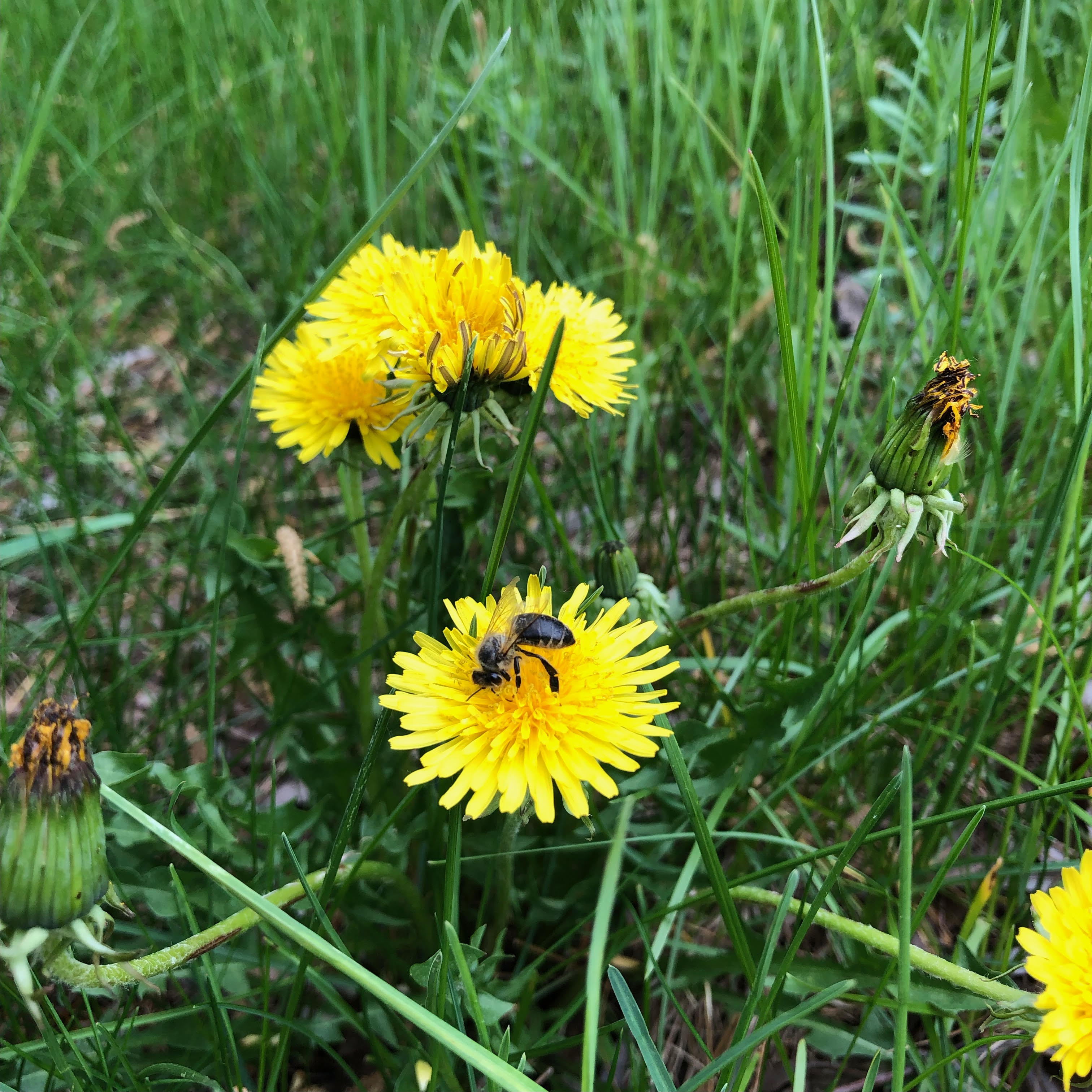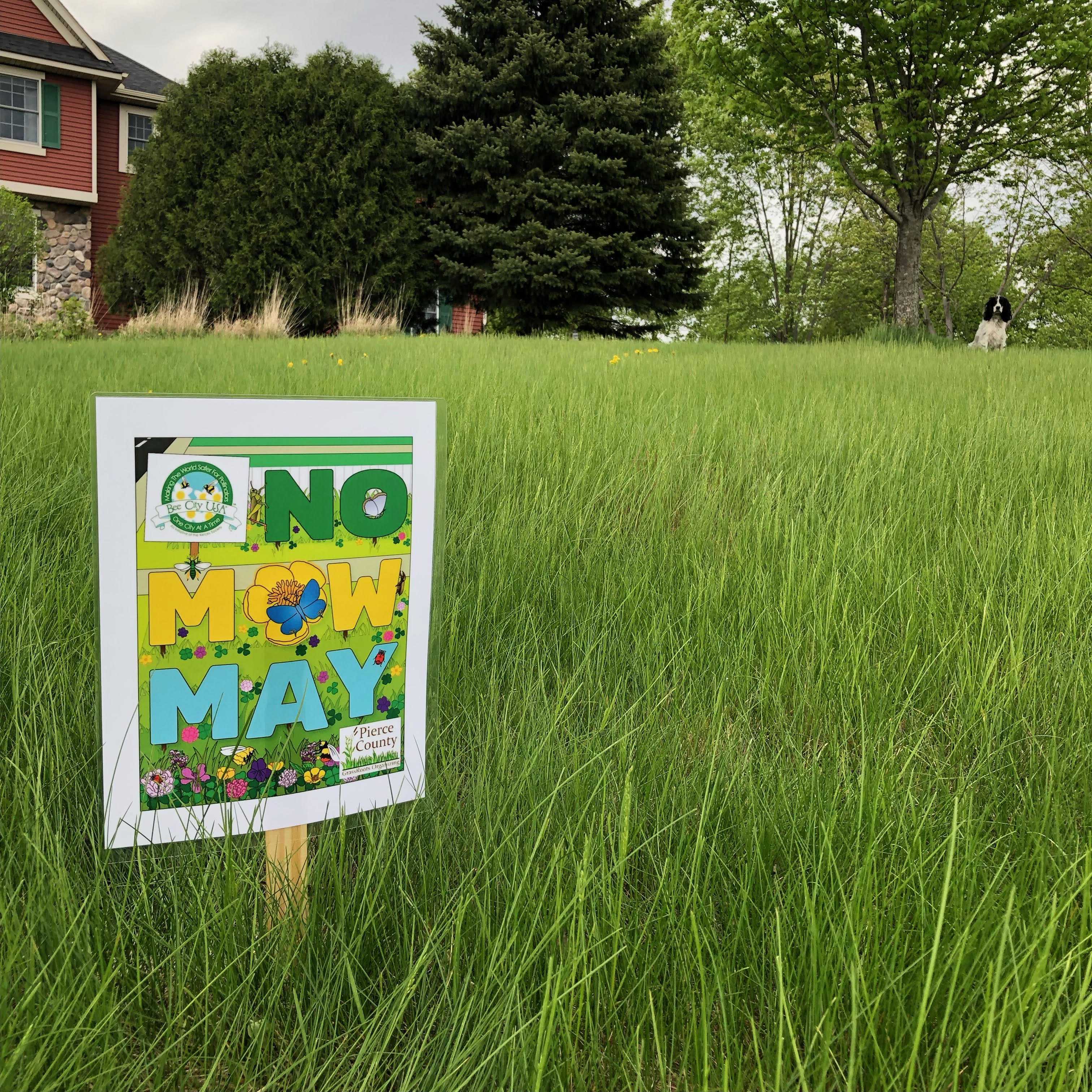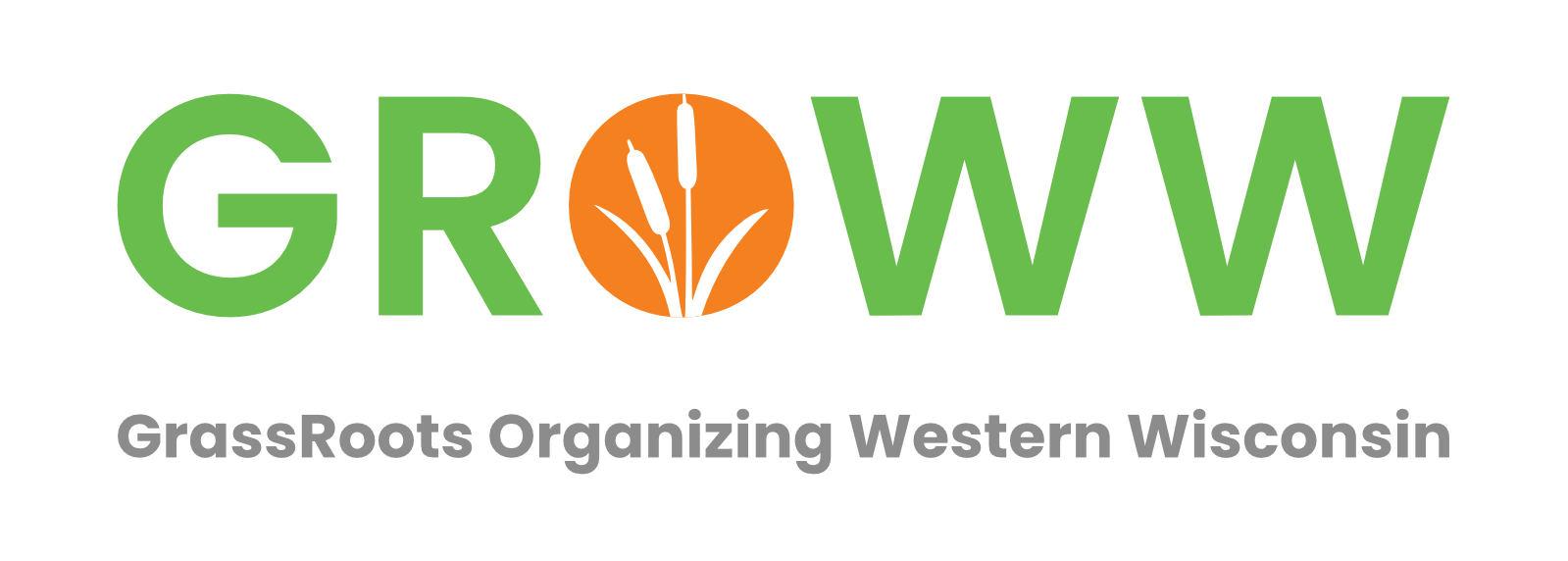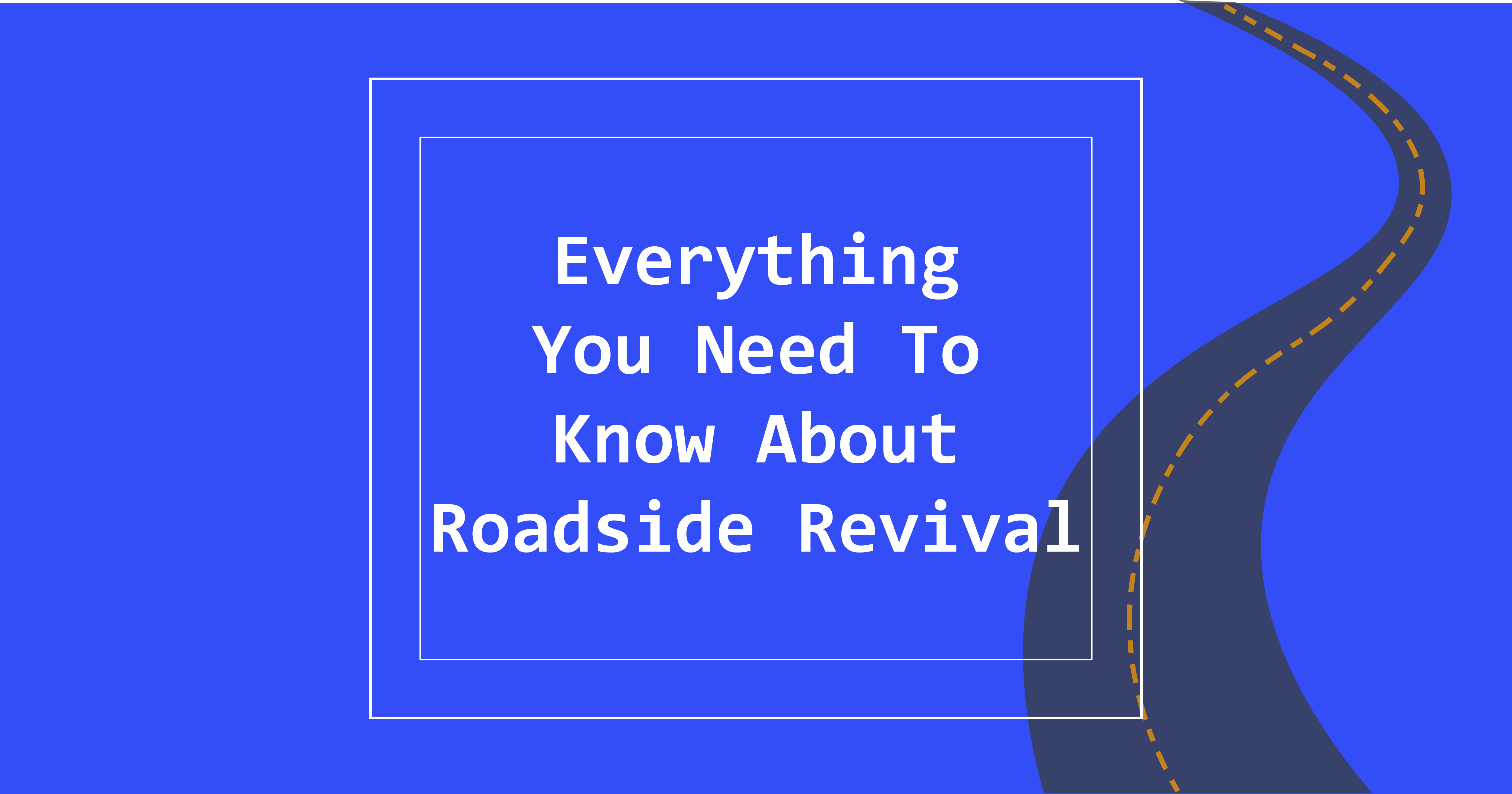Everything You Need To Know About Roadside Revival
By Sophia Forliti
The month of May was defined this year by our participation in No Mow May. No Mow May is the commitment from landowners not to mow their lawn for the month of May. In doing so, they will allow more plants to grow, and for pollinators to thrive as we head into the summer months. If you’ve seen any unruly lawns or more pollinators than usual this spring, this is why.
We asked community members to participate this year, and many were happy to join and share their results with us.











Follow us on Facebook and/or Instagram to keep up to date with initiatives like this!
No Mow May was a part of our Roadside Revival project. The goal of this project is to revive “the land along roadsides in Pierce County as pollinator habitat“. By doing this, it will also improve soil and water quality.
Jay Skinner, Field Organizer and Technology Manager for PCGRO, has done a lot of work for the Roadside Revival project. “…kind of where we started from, from the outset, is how to improve water quality. And that’s where we’ve got to with this project. It’s doing… one specific thing that can contribute to that.” Since the project was just beginning in May, No Mow May was a perfect first step.
Bird and insect populations have dropped by more than two thirds in the past 50 years, according to the World Wildlife Fund. “And much of this decline is due to loss of critical habitat.” Skinner says.
This is enough to worry local residents and inspire them to join the Roadside Revival initiative. Douglas Owens-Pike has had an interest in land management since 1981. After a few years working towards public policy on the issue, Owens-Pike took it into his own hands.
“In 1989, I formed my own landscape company focused on restoring native diversity. Our primary clients were urban, suburban or rural homes seeking to convert their monoculture of lawn into diverse habitat for desired insects, the base of the food chain, and the wealth of birds who require those insects to be able to feed their young.” He joins the Roadside Revival project now to hopefully bring that same ideology to the roadsides.
Maureen Ash has worked with PCGRO for years, even serving on the board. As she has biked the countryside over the years, she has noticed the difference with more destructive roadside land management practices. “What happened to the insects and birds that used to make their lives there? What about the water that used to be slowed by all the plants growing in the lower parts of the ditch and which now just rushed off to fill the dry runs and haul dirt into the river?”
Ash is enthusiastic, hoping that western Wisconsin can adopt practices similar to those in Iowa, Michigan, Illinois, and Minnesota. “Imagine how many acres of habitat could be created if we could get towns, counties, states, and federal highway departments on board to consider their roadsides as valuable places for pollinators, birds, and small animals.”
Asking for local governments to change their mowing and land management practices is a part of a longer-term goal, the results of which may take years to see. Looking ahead, Skinner hopes to set up local volunteer groups to “continue to advocate for improving these practices along roadsides.”
Aside from those volunteer groups, Roadside Revival is trying to make connections with other groups in the area with the same goal. “We’re a small movement right now. But we think that if we collaborate with more groups, we’ll be able to get kind of a more broad base of support.” As the connections get made, Skinner is also looking out for possible test plots to begin experimenting best practices.
If you would like to get involved with Roadside Revival, or have any questions, you can contact us here.



Comments are closed